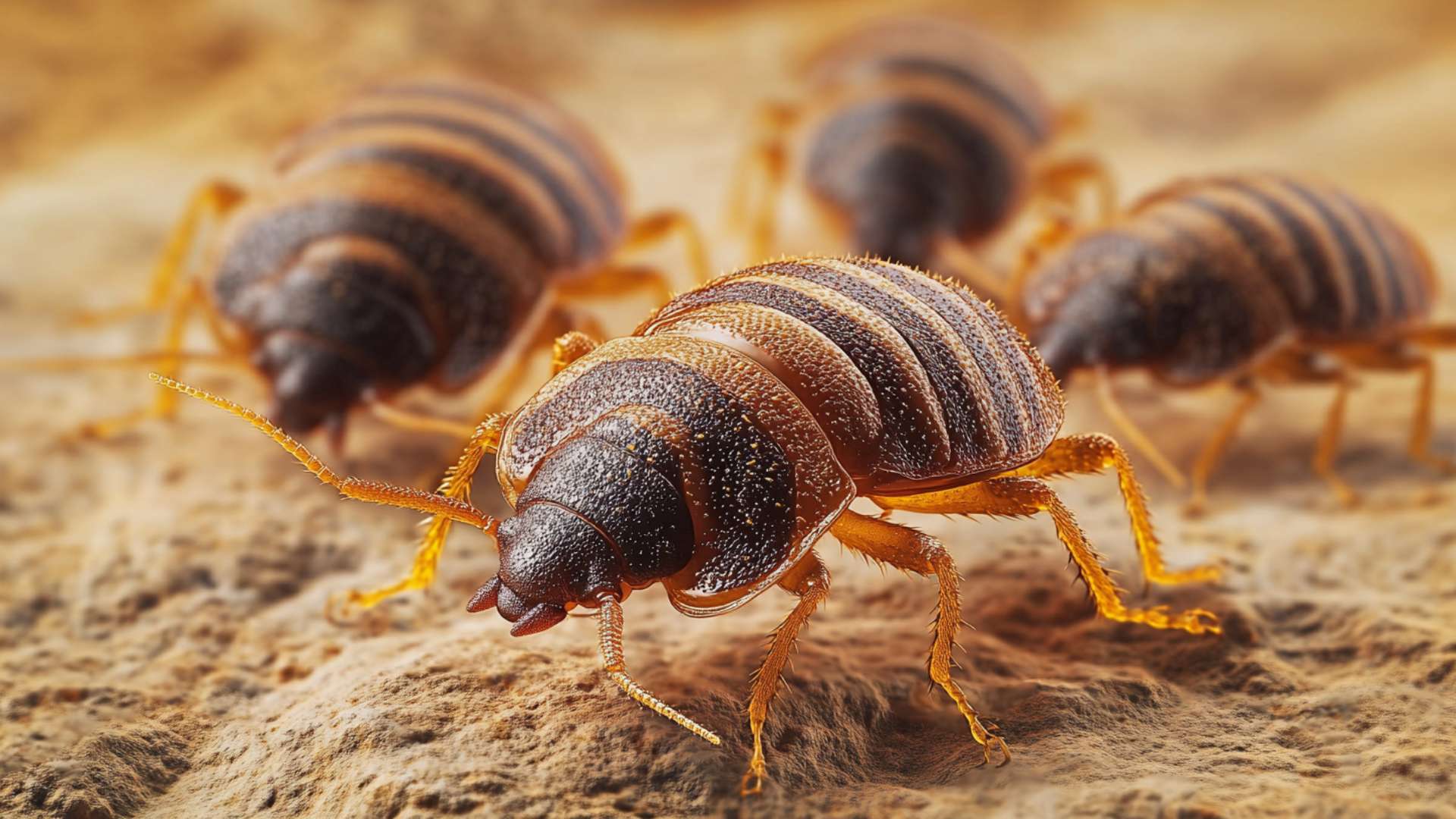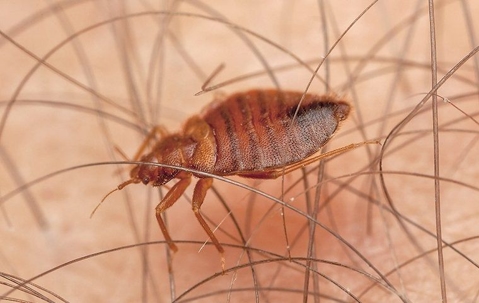Kings Cincinnati Pest Control Companies: Reliable Services
Kings Cincinnati Pest Control Companies: Reliable Services
Blog Article
Types of Parasite Control: Which Approach Is Right for Your Problem?
When encountered with a bug invasion, the choice of an ideal approach for pest control is essential in efficiently managing the situation. By checking out the various kinds of pest control approaches available, individuals can make enlightened choices customized to their special circumstances, making sure an extra efficient and lasting outcome in insect elimination.
Chemical Parasite Control
Chemical bug control entails making use of synthetic or naturally obtained chemicals to handle and eradicate pest populations efficiently. This method is typically made use of in agriculture, forestry, and property setups to fight a vast variety of bugs, including pests, weeds, and rats. Making use of chemical pesticides can supply quick and targeted options to pest problems, making it a preferred selection for numerous individuals and companies.
Among the key benefits of chemical bug control is its ability to swiftly remove insects, minimizing the danger of damages to crops, residential property, and human health. By utilizing particular chemicals that target particular bugs, this technique can effectively manage problems while reducing harm to advantageous organisms and the setting when applied appropriately.
However, the use of chemical parasite control also elevates problems regarding prospective adverse results on non-target varieties, water sources, and human wellness. It is crucial to adhere to security standards, use chemicals sensibly, and take into consideration alternative pest control techniques to reduce these risks and make certain sustainable bug management methods.
Biological Parasite Control
Organic bug control, likewise known as biocontrol, uses living microorganisms to decrease and handle bug populations naturally. This method utilizes the power of nature to manage pests without the need for artificial chemicals. Biocontrol can involve the introduction of natural opponents of the parasite varieties, such as parasites, killers, or microorganisms, to reduce insect populations. By using the insect's all-natural predators or pathogens, biological bug control supplies a lasting and environmentally friendly solution to pest monitoring.

Mechanical Bug Control
Utilizing manual and physical approaches to handle bug populations, mechanical parasite control provides an alternate method that does not count on making use of living microorganisms or synthetic chemicals. This approach includes the use of barriers, catches, or other devices to literally hinder or get rid of pests. By blocking parasite entry points or setting up catches to capture them, mechanical insect control can efficiently decrease problems without introducing chemicals right into the environment.
One common instance of mechanical bug control is making use of mesh screens on doors and these details home windows to avoid bugs from going into buildings. This straightforward yet effective method acts best termite prevention as a physical barrier, maintaining parasites out while permitting for correct air flow. In addition, devices like mousetraps, fly swatters, and ultrasonic repellents fall under the mechanical bug control group.
While mechanical pest control methods can be labor-intensive and call for regular monitoring and maintenance, they offer a lasting and ecologically pleasant service for handling bug infestations. By integrating various mechanical methods, homeowner can produce an extensive bug control approach that reduces reliance on chemical pesticides.
Physical Insect Control

Some usual physical insect control techniques include using barriers such as screens or nets to stop parasite entry, catches to capture and remove pests, and hand-picking to physically remove pests from plants or structures. Additionally, strategies like warmth therapies can be used to manage parasites like bed pests by raising the temperature level to degrees that are dangerous to the pests.
Physical pest control is specifically beneficial in incorporated pest monitoring (IPM) approaches, where numerous parasite control methods are combined for reliable pest administration while decreasing the usage of chemicals. By making use of physical pest control strategies, people can efficiently address parasite infestations with marginal ecological influence.
Integrated Insect Monitoring
When read this applying physical parasite control approaches as part of insect administration strategies, Integrated Pest Management (IPM) arises as an extensive method that leverages different strategies to efficiently manage pest populations. IPM concentrates on lasting prevention of pests via a combination of organic, cultural, physical, and chemical devices customized to certain parasite concerns. By integrating several control strategies, IPM aims to minimize the risks linked with pests while likewise lowering reliance on chemical remedies.
One key element of IPM is the emphasis on surveillance and evaluating pest populations to determine one of the most proper control techniques. This aggressive technique enables very early intervention and targeted strategies, resulting in a lot more reliable insect management. In addition, IPM advertises eco friendly practices by prioritizing non-chemical control techniques and just making use of pesticides as a last hope.
Conclusion

By using the parasite's natural predators or virus, biological parasite control offers a eco pleasant and lasting remedy to pest monitoring. - Kings cincinnati pest control
Utilizing physical and manual methods to take care of insect populaces, mechanical parasite control offers an alternative strategy that does not depend on the use of living organisms or artificial chemicals.An effective technique to managing insect populaces without depending on chemical or organic techniques entails the use of physical bug control methods.When implementing physical parasite control approaches as component of insect monitoring approaches, Integrated Insect Management (IPM) arises as a detailed method that leverages various methods to properly control pest populaces. Chemical insect control involves the use of pesticides, biological insect control makes use of all-natural killers, mechanical pest control involves physical barriers, physical pest control consists of capturing or eliminating parasites, and integrated parasite administration combines numerous approaches for a holistic approach to pest control.
Report this page